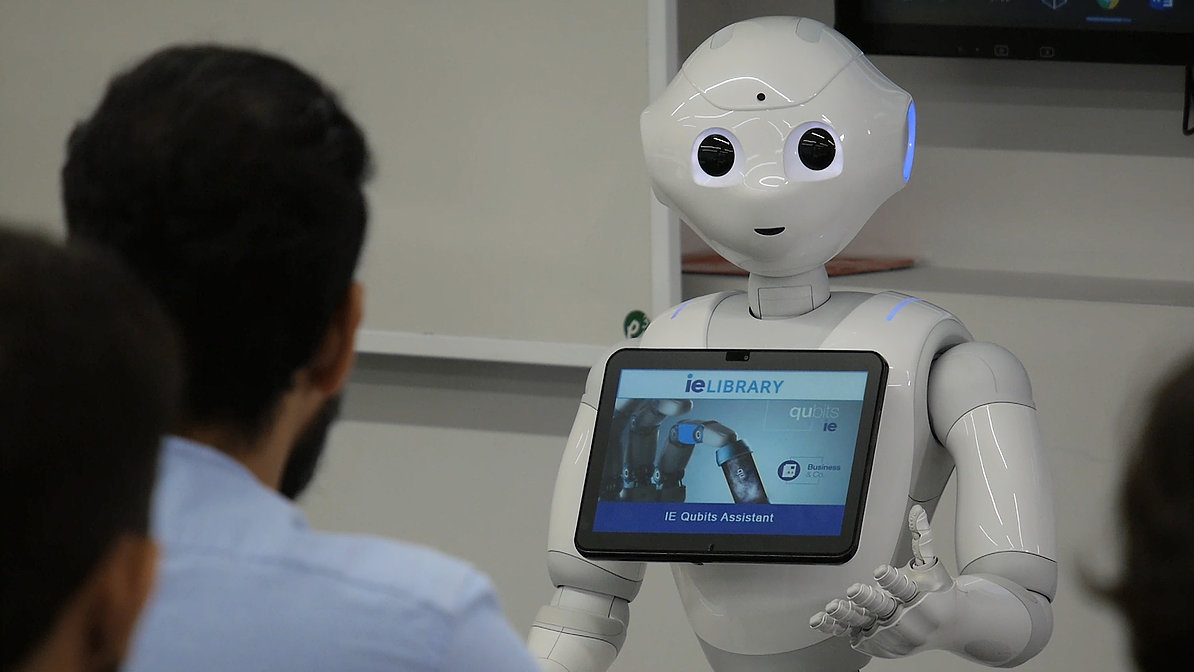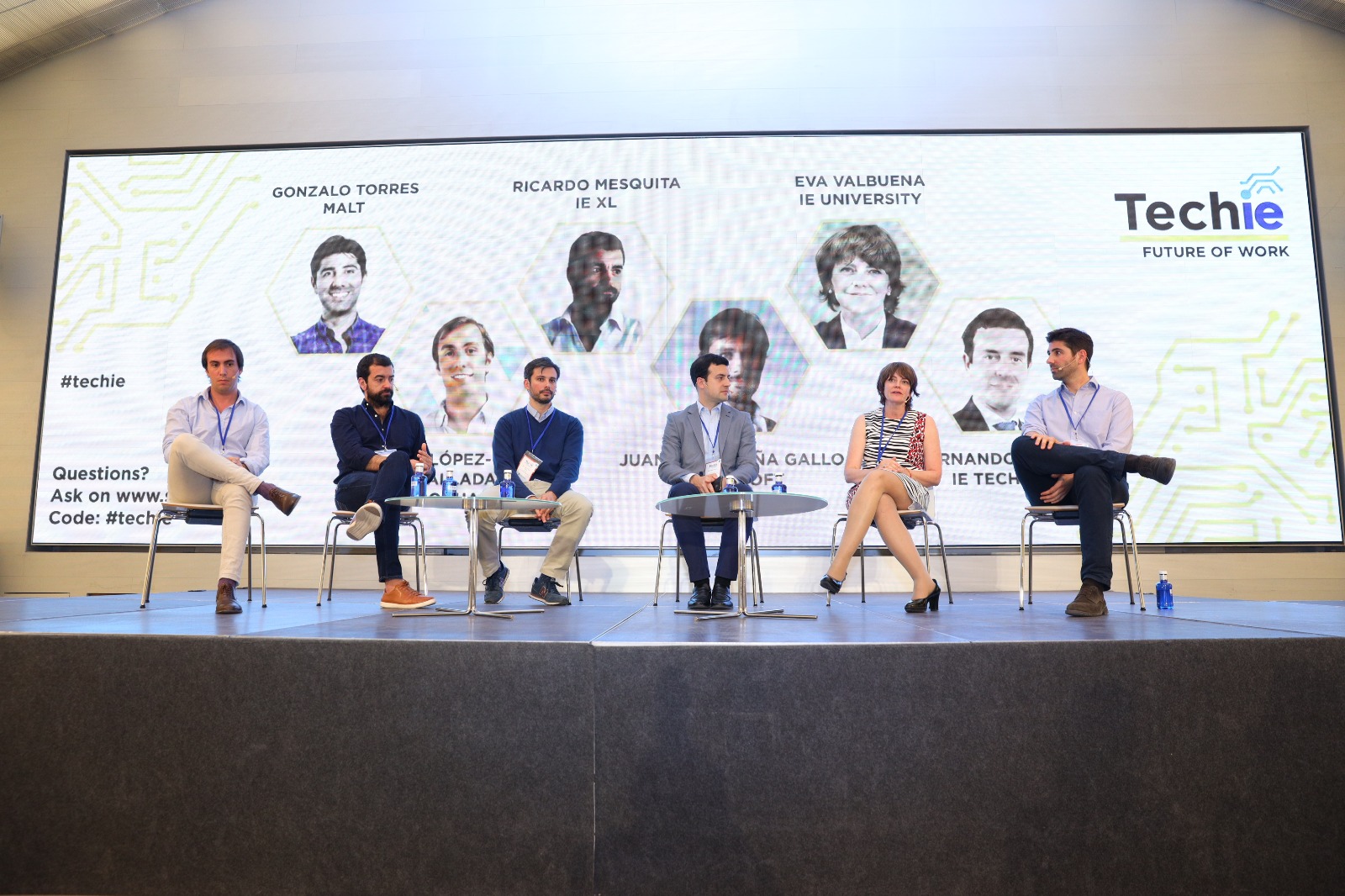The electoral process came to a culmination on Friday, March 22nd at the Spring Ball, where Team Red was announced to have won the spot for next year’s Student Government. However, in the brief window of 23 days, what actually did happen, both in and out of the public’s eye?
If you followed this year’s elections at all, you’ll know that right off the bat six teams presented themselves to run for office, a record in IEU history, which has traditionally favored the two party system. March 4th was the official deadline to present team nominations, and after being briefed on campaigning procedures and rules, accepted teams were able to begin promoting themselves around the two campuses on March 11th.
Teams Purple, Yellow, Blue, Red, White, and Green went head-to-head for a chance to continue the promising work of our past student government, led by Giulia Camargo, and to further develop this body into one that can truly advocate for students, and bridge the divide between campuses, faculty and students, and departments. Their campaigns took place mostly on Instagram, with each team taking a different approach to how they wanted to be portrayed to the masses. Stickers, events, open tables, and interactive booths were seen in both the Madrid and Segovia campuses as teams fought for visibility and support within the student body.
It was on March 11th that the first debate also took place. The six teams gathered in in Segovia Campus’ TV Studio at 16:00 to present preliminary statements on their proposals and members, and the event was broadcasted by The Stork on social media platforms. The term ‘debate’ has been subsequently scrutinized due to the explanatory nature of this first publicized interaction of the teams, rather than one of confrontation and rebuttal. It was after this first broadcast that The Stork opened its polls on Monday night, and students participated in order to determine the top two teams who would advance to the second debate, able to vote until Wednesday, March 13th. Ultimately, Teams Blue and Red took the lead in said poll, ranking in at 28% and 26.3%, respectively.
All and any hopes for a more interactive discussion between the teams were satisfied on that following fateful Thursday (March 14th) afternoon at the second debate, more popularly known as the “Big Roast”. This was a highly unprecedented event, which in addition to its polemic nature, was the product of many last minute changes. Instead of the previously announced format, where only the two winning teams of the poll would advance, an administrative decision decided to give all six teams a chance to defend themselves, and subdivided the debate into the following sections:
- 50% of the debate time would be directed by the moderator
- 25% of the time would be dedicated to a discussion between the six teams concerning their proposals, giving them a chance to “attack” other teams ideas and defend themselves
- 25% of the time would be dedicated to discussing the actions that each team considers other teams had taken illegally or within “the grey areas”
These plot twists were in high contrast to the initial set-up as established by the administration, the previous Student Government, the Debate Club, and The Stork. These changes were made in response to a variety of intra-team complaints, consisting of accusations of cheating, illegal promotion, and bribery of the student body. It is noteworthy to mention that these changes were communicated to all teams around midnight on the eve of the second debate. Nonetheless, all six teams managed to send a representative to Segovia, and at 14:00, the debate began.
This second debate was nothing like the first due to the change in rules, and teams took advantage of the opportunity to call out their fellow students on suspicious activity, unrealistic policy, and controversial campaigning. Moderated by the Debate Club, this debate has become affectionately known as the “Big Roast” due to the amount of back and forth attacks, heavy criticism, and passionate arguments made between and amongst the teams.
With all of these different views on the table, and the positions of every team clearly exposed, all that was left now was the final vote on the Online Campus. Teams were prohibited from any additional self-promotion after midnight on March 18th. The student vote took place from March 19th until the 21st, when voting closed at midnight with nearly 2,000 students not having participated.
At the Spring Ball on March 22nd, our IEU body received the results of the vote, which revealed the new Student Government, Team Red, led by Umberto Greco had won by a narrow victory. On March 27th, Team Red sent their acceptance and upcoming plans to the university administration, concluding this year’s election race.
During the next month, Team Red will work with our current Student Government to ensure that the official transition power between governments on May 10thgoes as smoothly as possible.
Keep up with The Stork as we follow up with Team Red’s rise to power, and the integration of their plans into our IEU experience!
Do you have any comments or questions regarding this year’s Student Government elections? Feel free to contact us on Facebook or Instagram to let us know!






